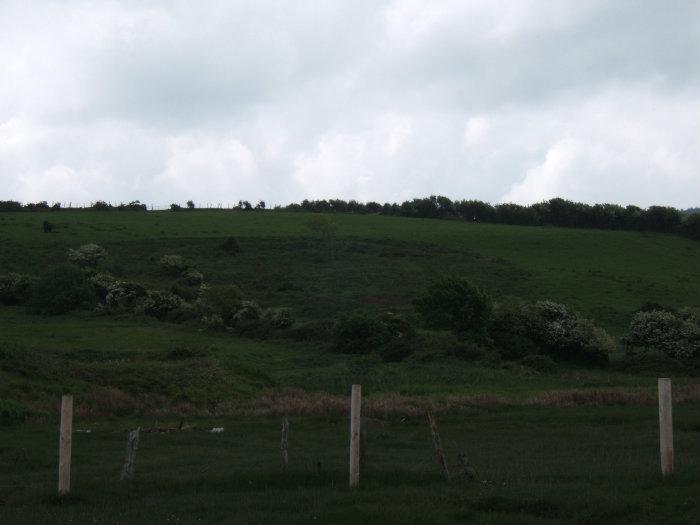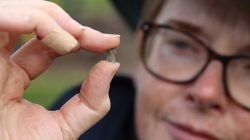Uncovering the Legacy of Rathgurreen Ringfort
Archaeologists have recently confirmed that Rathgurreen Ringfort, a striking structure overlooking Galway Bay, was once a significant settlement for rulers and nobles during Ireland’s Early Medieval period. Located in the Maree area of County Galway, this site has been described as an impressive “high-status” settlement, with potential origins ranging from the 5th to the 12th century AD.
The findings come from an eight-week archaeological excavation led by Dr Michelle Comber and Dr Noel McCarthy from the Discipline of Archaeology at the University of Galway. This research has uncovered new layers of history about the panoramic site, which offers sweeping views south towards the Burren, west to the Atlantic, and north across Galway.
Rathgurreen was first proposed as a high-status settlement by Professor Michael Duignan, then chairman of archaeology at the university, in the late 1940s. His initial theories have now been supported and expanded upon by recent excavations. These suggest that parts of the site could be up to 1,000 years older than previously believed. Evidence of contact with Rome, Scotland, France, and Scandinavia has also emerged, possibly indicating the trade of valuable purple dye produced at the site.
A team of professionals, students, and volunteers participated in the summer dig on a section of the 100-meter-diameter ringfort. Dr Comber, a lecturer in archaeology at the university, highlighted the significance of the site, stating, “Maree is an ancient territory. Our research confirms that Rathgurreen was home to a noble family, hence the description as high-status.”
However, the story of Rathgurreen is more complex than initially thought. The site shows evidence of continuity and change, with possible roots in the Iron Age. It was later developed into a fine ringfort, serving as a new home with links to ancestors. Such a place would have been highly attractive to Early Medieval nobility.
Among the discoveries were glass beads, some colored blue, turquoise, and red. These items have parallels in other parts of Ireland and Scotland from the Iron Age, the era immediately preceding the Early Medieval period. The dig also revealed Early Medieval pottery from northern France and amber beads linked to Scandinavian trade routes used by the Vikings.
Another significant finding was evidence of the manufacture of purple dye at Rathgurreen. Remnants of dog-whelk shellfish, processed to create the rare and valuable color, were found at the site. This suggests that the settlement played a role in the production and trade of luxury goods.
Dr Comber emphasized the broader context of the site: “We are working in an ancient high-status settlement located roughly mid-way along the Atlantic seaboard. In no sense would it have been viewed as ‘wild’ or isolated – on the contrary, it was part of a wider community with links to other parts of Ireland, Scotland, and mainland Europe.”
The excavation marks the beginning of a research project exploring land use through time on the Maree peninsula in Galway. The university team hopes to continue digs at the site in 2026 and explore other locations in the area in the future.
Community volunteers, University of Galway archaeology students, and international students from Uppsala University in Sweden collaborated on the project, gaining practical experience vital for careers in archaeology.
The wider project involves collaboration with local, national, and international communities, as well as the development of a conservation management plan for Rathgurreen in partnership with landowners and experts. This effort is supported by a community monuments fund with Galway County Council.
Through these efforts, the legacy of Rathgurreen Ringfort continues to unfold, revealing a rich tapestry of history that connects the past to the present.







